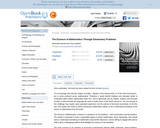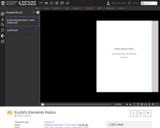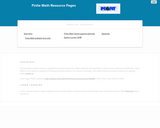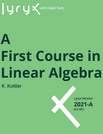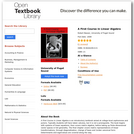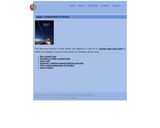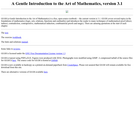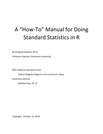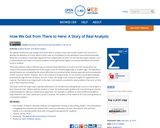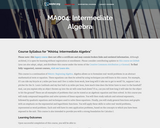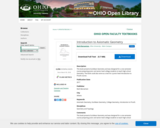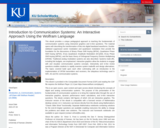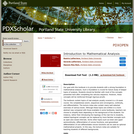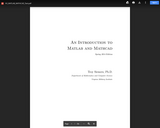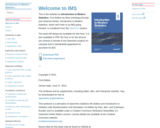
Conçu pour un cours de première année universitaire, ce manuel en algèbre linéaire adopte une approche peu commune : il présente les espaces vectoriels dès le début et traite des systèmes linéaires qu’après une introduction approfondie aux espaces vectoriels. Cette approche est fondée sur l’expérience des auteurs ayant observé au cours des 25 dernières années que les étudiantes et étudiants ont souvent besoin davantage de temps pour maîtriser les espaces vectoriels alors que les manuels traditionnels relèguent plutôt le sujet à la fin du cours. De cette façon, ces nouvelles notions au coeur de l’algèbre linéaire qui sont souvent considérées comme abstraites et difficiles dans un cours d’introduction peuvent ensuite être utilisées dans le reste du cours ainsi que différents contextes.
- Subject:
- Algebra
- Mathematics
- Material Type:
- Textbook
- Provider:
- University of Ottawa
- Author:
- Abdelkrim El basraoui
- Barry Jessup
- Monica Nevins
- Thierry Giordano
- Date Added:
- 08/25/2022
